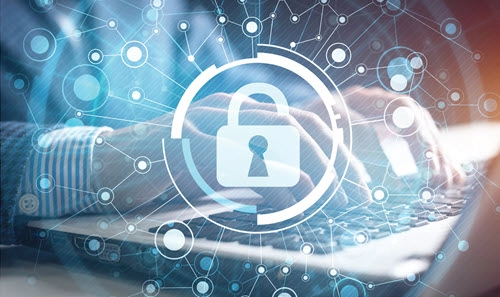Institute Doable Remote Work Protocols
Tip: Don’t skimp on security at home. Patient privacy has always been at the top of your priority list, but now that many staff members are working from home, you must be as vigilant as ever to keep that information safe and secure. Why? Despite a pandemic, cyber attacks have remained prevalent in healthcare. One of the main problems attributed to the rise in issues is the increase in remote work. “Most healthcare organizations were completely unprepared to work from home securely when the pandemic hit,” says Jen Stone, MCIS, CISSP, CISA, QSA, principal security analyst with Security Metrics in Orem, Utah. “Most made valiant attempts to make do with what they had, engaging in an emergency mode that probably wasn’t prepared for extensive remote work. However, with lockdowns dragging on and working from home continuing for the foreseeable future, we can’t continue to cross our fingers and hope that a breach won’t happen.” In fact, a new Cybersecurity and Infrastructure Security Agency (CISA) bulletin, “Cybersecurity Challenges to the Healthcare Sector, Independent of and Due to COVID-19,” suggests several factors make remote workers more vulnerable to data security incidents. The agency points out a variety of issues including the following in its brief: These remote work challenges have made securing protected health information (PHI) during the time of COVID-19 even more difficult. In addition, “PHI is estimated to be worth 10-20 times the value of credit card data on the Dark Web, and is sought after by criminals and nation-states alike,” CISA warns in the release. “It’s critical for healthcare organizations to protect their remote staff with the same rigor as in the office,” says Stone. “This means using company-issued laptops for work only, extending the existing protected network (e.g., through use of a VPN), ensuring that endpoint security controls such as antivirus, patching, logging, etc., are centrally managed so that IT personnel can ensure updates are happening,” she reminds. And if any of the HIPAA breach settlements have taught covered entities (CEs) anything over the past year, it’s the importance of assessing, analyzing, and managing risks as outlined in the HIPAA Security Rule. “Every year, healthcare organizations should be conducting a meaningful risk assessment and re-evaluating contingency planning,” Stone advises. “This year offers a unique opportunity to leverage these activities in a way that ensures the confidentiality, integrity, and availability of protected health information in any situation.” Resource: See the CISA bulletin at www.cisa.gov/sites/default/files/publications/202012220800_Graphic_Challenges_to_Healthcare.pdf.

